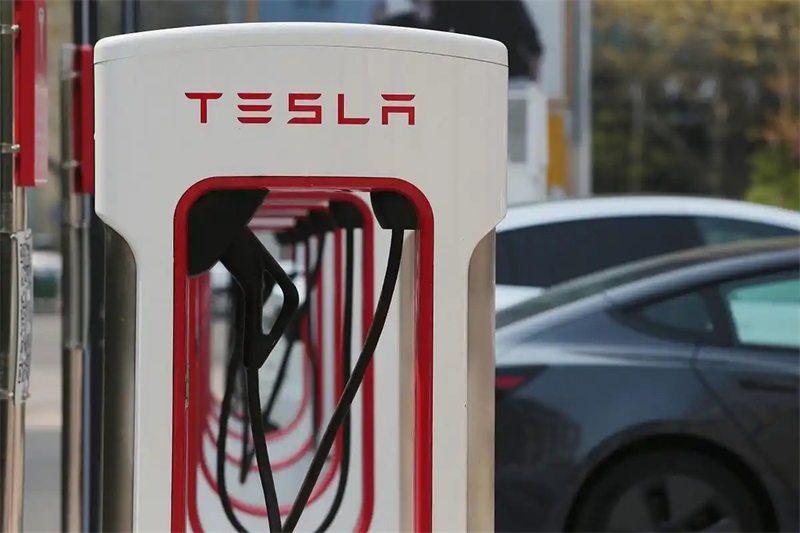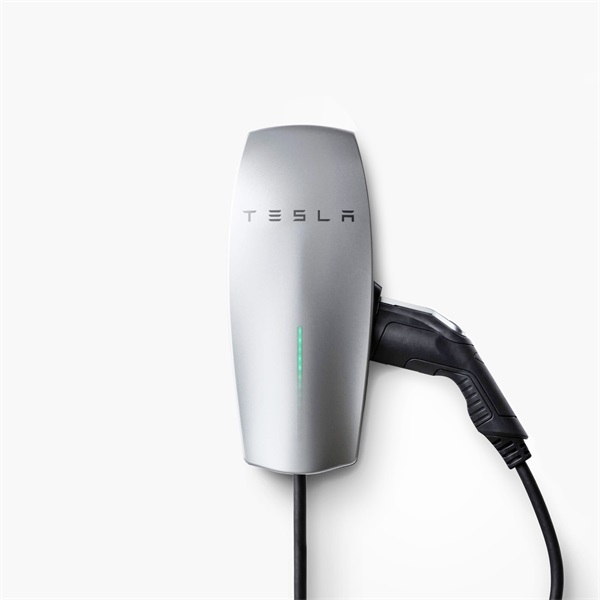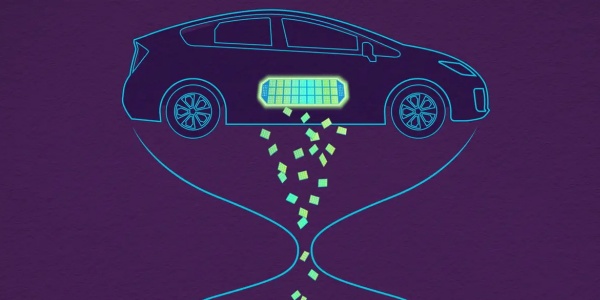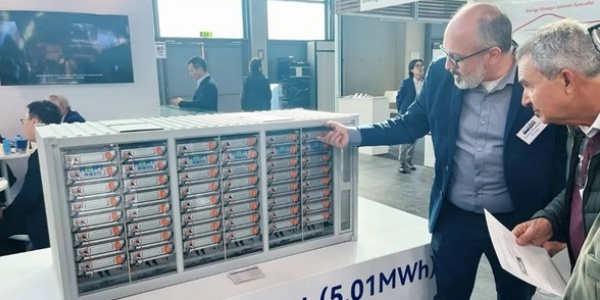How Long Does It Take to Charge a Tesla? Understanding Tesla Charging Times and Charging Methods
In the global wave of electric vehicles, Tesla, as the industry leader, has shown a unique development trend in the global market. The sense of technology, performance and environmental protection concept have been recognized by many consumers. Some of our customers are also loyal users of Tesla cars. We not only provide customers with quality products, but also discuss with customers their own energy solutions, as well as the energy problems encountered in life. A client and a friend。
When our customers get a new Tesla electric vehicle, they sometimes talk to us about how long it takes to charge a Tesla. As a professional electric vehicle charger supplier, we are worthy of their trust. In this article, we will take the customer's questions, together to discuss this problem.
The answer to this question depends on:
How much free time you have and where you are.
What does that mean? For example
Scenario 1: Let's say you're on a weekday lunch break, have only one hour to spare, and you're in a downtown mall parking lot with a Tesla Supercharger station. Superchargers are powerful, such as the peak power of the V3 supercharging pile can reach 250kW, in this case, just 1 hour can supplement the considerable range of Tesla, which can basically meet the needs of your subsequent trip on the same day.
Scenario 2: If you are in a small town in a remote area, where there may only be a low-power ordinary public charging pile, the power may only be about 7kW, even if you have an afternoon free time, it will take a long time to fully charge, far longer than the charging time in the supercharger station.
Scenario 3: You are at home on the weekend, there is enough time, at this time the use of relatively low power home charging pile (generally about 7kW) to charge the Tesla, although the charging speed is slow, but because of sufficient time, it will not affect the normal use, but also enjoy a relatively low charging cost.
In other words, the time required to charge a Tesla is not fixed, and is mainly affected by the free time available for charging and the location of the user. This is because the type and power of charging facilities of ev charging station in different locations are different, and the user's idle time determines what kind of charging method can be selected.
Now let's look at the different charging methods mentioned above
The Fastest Tesla Charging: Superchargers-The Tesla Supercharger is the fastest way to charge a Tesla, with a range of 200 miles in 15 minutes. It usually takes about an hour to fully charge a supercharger station.

Tesla's brand of DC fast-charging stations, known as Superchargers, offer the quickest way to recharge a Tesla. Tesla claims that 15 minutes of charging will add 200 miles to a vehicle's range. This depends on a few factors, including the battery's state of charge, whether the battery was preconditioned, and the ambient air temperature. In MotorTrend testing, a Tesla Model S Plaid needed 51 minutes to charge from 5 to 95 percent with a V3 Supercharger and a preconditioned battery pack. Tesla's latest lithium-iron-phosphate batteries, found in some Model Y and Model 3 vehicles, have been shown to charge from 0 to 100 percent in almost exactly an hour.
Charging Your Tesla at Home-At home, charging with a Tesla wall connector takes less than 10 hours.

Tesla recommends recharging your EV at home as much as possible because it's convenient for the driver and easy on the battery. The most efficient way to do that is with Tesla's Wall Connector or a third-party Level 2 charger installed within reach of where you park to deliver up to 11.5 kilowatts of power at 240 volts. At full power, the Wall Connector adds 35 miles of driving range per hour of charging to the Model X, while the Model S turns that juice into 41 miles per hour. The Model Y and most versions of the Model 3 get 44 miles per hour.
A full charge will take about eight to 10 hours, depending on the Tesla vehicle. Assuming you charge while you sleep, there's no real waiting to speak of. You should also be aware that most EV owners don't regularly charge from empty to full. The best practice for preserving the battery life is to plug in when the charge reaches 20 or 30 percent and use the "Daily" charge limit setting to automatically stop charging at 80 or 90 percent. Using the full capacity of the battery should be reserved for occasional road trips.
Tesla Destination Charging and Public Chargers: Level 2 on the Go.

Whether you're out to dinner or on a weekend road trip, you may find Level 2 chargers at shopping centers, restaurants, hotels, and public parking lots. Publicly available Tesla Wall Connectors are known as Destination Chargers, or you can use the adapter that comes with every new Tesla to plug into charging stations with the J1772 connector used by every other EV. These charging points can theoretically add the same range as a wall mounted ev charging station connector—up to 44 miles of range per hour spent charging—but often don't put out sufficient power to charge that quickly. It's more common to find public chargers topping out around 6 to 7 kilowatts, which is good for between 20 and 30 miles for every hour plugged in. This stretches a full charge to nearly 18 hours for a Model X.
● Tesla Superchargers provide the fastest charging, offering up to 200 miles of range in just 15 minutes.
● A full charge at a Supercharger usually takes around one hour.
● Charging at home with a Tesla Wall Connector typically takes under 10 hours.
The above three are the time required under different charging methods of Tesla, through this article, you can refer to the relevant time, but you still need to explore the charging plan that matches your travel life through specific practice, so as to determine the way you commonly use, and the charging time required by your Tesla battery under different charging methods.

